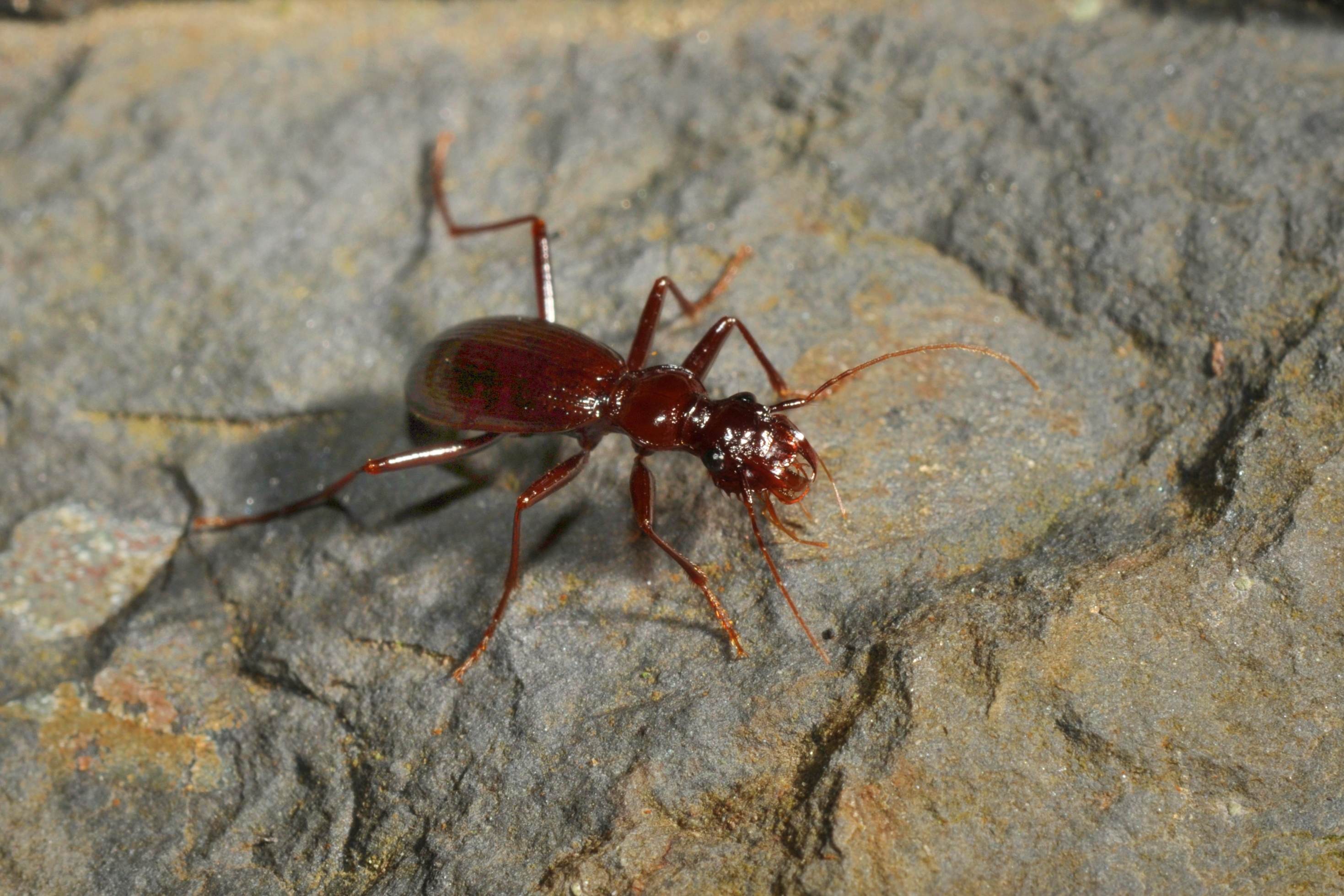Special delivery! See our visiting baby yaks (Dec. 20–Jan. 5) this holiday. Learn more
Science News
Discovering Beetle Species in Taiwan
June 23, 2014
by Molly Michelson

Taiwan might not be the first place you’d think of when talking about biodiversity. But the small island, about the size of Maryland and Delaware combined, has lots of life beyond the 23 million people who live there. Three Academy researchers visited the area this spring, each looking at different organisms in different areas. Today we’ll follow Dave Kavanaugh’s adventure there, searching for beetles.
Since beetles make up 25% of all known types of animal life forms, it may not surprise you that they exist in Taiwan. But a colleague in Taiwan began sending beetle specimens to Kavanaugh several years ago—beetles that looked similar to described species from the region, yet were genetically different. This year, Kavanaugh finally found the time to take the beetle bait and head to the Asian democracy.
Kavanaugh has studied beetles for years and has excellent skills in identifying beetles’ morphology—the physical differences down to the most minute detail that make each species distinct. His Taiwanese colleague has remarkable molecular skills—looking at the organisms’ DNA to see genetic differences among species.
Before Kavanaugh began receiving beetles in the mail from Taiwan, there were four described species of the genus Leistus known in the country. From the latest specimens and molecular work, prior to leaving San Francisco Kavanaugh thought there might be around six new species to add to Leistus. In the few weeks he was in the country, he quickly determined there were nine new species. Many of the new species look different and are different genetically; but several also look identical to other species yet are very different genetically.
They also seem to occupy the same montane forests, which makes it an interesting situation, Kavanaugh says. The species usually like to have their own habitat, but here they overlap. “I don’t know of any other place that has so many species of Leistus living so close together,” he says.
Taiwan is not an old island geologically, and likely was connected to both Japan and mainland China during the last ice ages, Kavanaugh explains. And that might be why the beetles’ nearest relatives live in these areas. Kavanaugh is now trying to get Japanese specimens to study, but “I may have to go to Japan to get them,” he admits.
In the meantime, he’s busy describing the new species from Taiwan. “It’s a pretty cool story,” he says.
Image: Yi-Min Weng